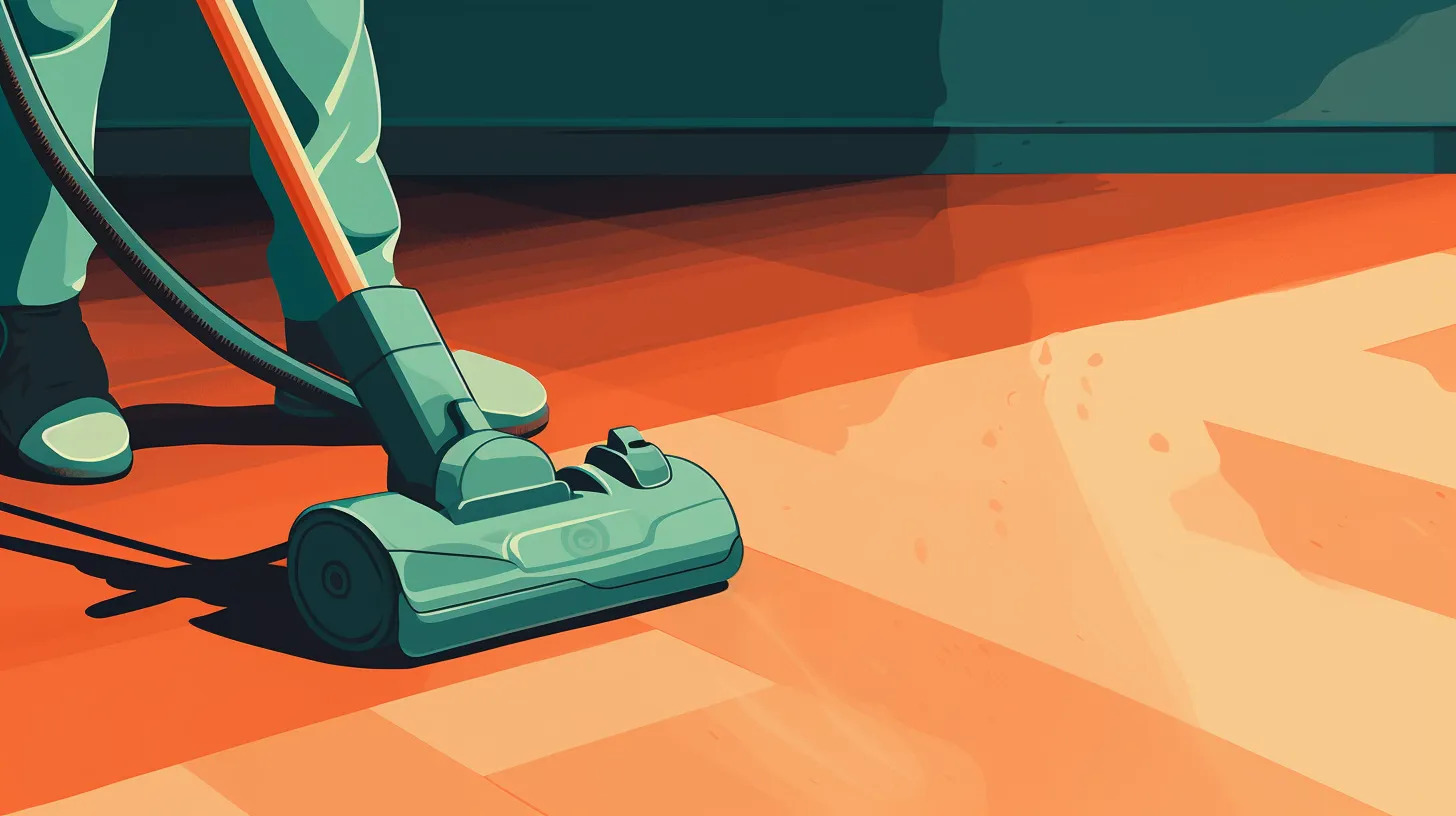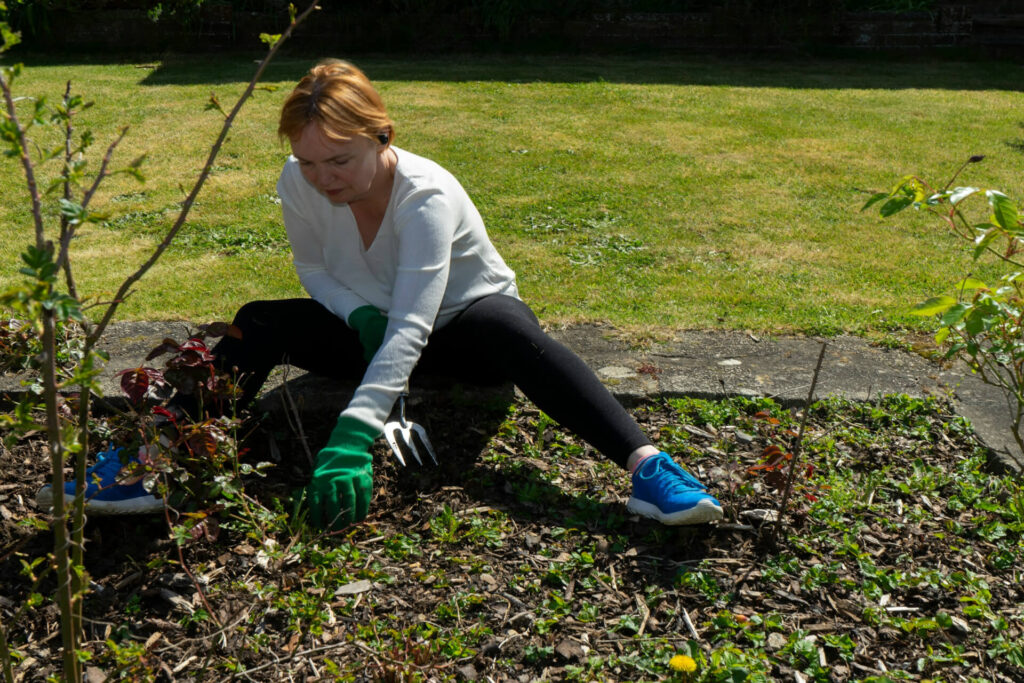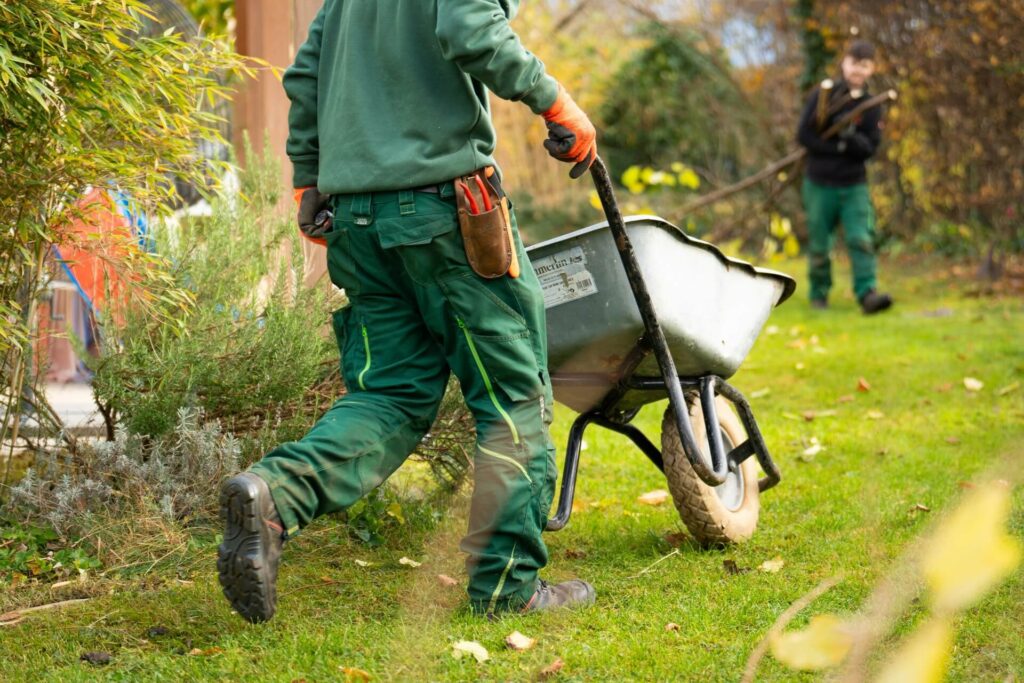
We are reader-supported. When you buy through links on our site, we may earn an affiliate commission.
Vacuuming is an essential chore to keep your floors dust and dirt-free. When choosing the right vacuum, consider the environmental impact as well as the efficiency. Here are some tips for choosing a more eco-friendly vacuum cleaner.
1. Buy One With a Less Powerful Motor
Vacuum motors can consume more significant amounts of energy. A regular-sized vacuum cleaner uses about 500 to 3,0000 watts of energy. This can limit the environment’s natural supply of electrical energy, leading to power outages. It can also cause power plants to work harder, increasing greenhouse gas emissions. So, when choosing a vacuum cleaner, look for one with a small motor that consumes less energy.
Your floor’s surface type also affects the amount of electricity the vacuum cleaner uses. If you have a hardwood floor instead of a thicker rug, the vacuum uses less energy. The type of filtration system you have and the extra features also impact the amount of power used.
Proper maintenance of your vacuum also helps reduce your power usage. Keep your bags empty and your filters unclogged to increase your energy efficiency. To clean out your filters, remove them and tap them against a hard surface to release any dust clumps. If any filters are washable, run them under lukewarm water, allowing them 24 hours to dry before putting them back into the machine.
2. Consider an Automated Vacuum
Automated vacuum cleaners make housekeeping so much simpler. With advanced technology, you can program them to determine where and when to clean. Some even come with Wi-Fi for more precise navigation. They reduce energy waste by only drawing power when recharging their batteries.
Robotic vacuums also use less electricity per unit of time than traditional vacuums. However, it’s worth noting that they only save energy if you run them for the same amount of time as you would a traditional vacuum. If, for example, you run your Roomba every day — when you’d normally vacuum just once a week — you may end up using more energy overall.
Also, if you still use a traditional vacuum cleaner in addition to a robotic one, you might use more energy than you intended. Save energy by only vacuuming when you really need to.
3. Purchase a Bagless Vacuum
When looking for an eco-friendly vacuum cleaner, consider one without a bag. When you dispose of the filled bags, they end up in landfills. This can lead to increased air pollution and, if washed into the ocean, can impact marine life.
Keep in mind that you’ll need to frequently empty bagless vacuums and clean out their filters. However, they can be a lot more convenient than models that have a bag inside. You’ll never have to make a last-minute trip to the hardware store — or, worse, have to order specialized bags online — before guests come over.
Plus, if you accidentally suck up your wedding ring that fell on the carpet, you won’t have to dissect a paper vacuum bag on your front porch with an Exacto knife for all the neighbors to see — not that we’re judging. Just open up the canister, sift through the copious jungle of dog hair and fish it out like a civilized person.
4. Find One With an Energy Efficient HEPA Filter
A high-efficiency particulate air (HEPA) filter traps small particles that other vacuum cleaners recirculate back into the air. HEPA vacuums help to minimize the amount of dust and dander in your home, improving your indoor air quality and reducing the amount of time you have to spend vacuuming. Removing dust can make your home more comfortable for those with allergies.
Lower indoor air quality can cause you to open up the windows more often. This can lead to increased energy leaks. So, vacuums with HEPA filters help you breathe easier while also helping the planet.
To find an eco-friendly vacuum cleaner with this type of filter, look for its serial number. It should say on the label it is proven to trap 99.97% of particles of .3 microns.
5. Choose a Plug-in Vacuum
Vacuum sweepers without batteries — the typical plug-in style models — can be better for the environment. A cordless vacuum contains a battery that you must take to a recycling center to dispose of. Currently, just 5% of lithium-ion batteries in the U.S. are recycled, with the rest ending up in landfills.
Once these batteries decay, they can leak chemicals that contaminate groundwater. The runoff water can end up in streams or oceans and impact marine life. These chemicals can also contribute to air pollution.
One of the common materials found in batteries, lead, is a heavy metal. If it contaminates our drinking water, it has a negative impact on younger children. Lithium-ion batteries contain metals like cobalt or nickel that also contaminate the environment.
6. Get a Vacuum With a Lifetime Filter
It’s not as big of a commitment as it sounds. A lifetime filter — also called a washable filter — is reusable, so you don’t get trapped in the cycle of constantly throwing out and buying new filters.
To wash a vacuum filter, simply soap it up and hold it under running water. You can also rinse it out in a bucket, squeezing it underwater until all the particles that you’d rather not identify come floating out. Then, wring it out and let it fully dry before putting it back inside the vacuum.
The Best Energy-Efficient Vacuums Available
Need help finding an eco-friendly vacuum? Here are the top picks for 2023:
- Shark Rotator Professional Lift-Away Vacuum: This lightweight, upright vacuum features a detachable handheld vacuum for easy dust disposal and cleaning. Its swivel steering makes it easy to maneuver in tight spaces. The Shark Rotator is available for as little as $219 on Amazon.
- Miele Complete C3 Calima Canister Vacuum: Equipped with a HEPA filter and strong suction, this high-octane vacuum easily removes lint and pet hair. Despite its power, it’s gentle enough to use on hardwood floors. Find it for as low as $709 on Amazon.
- Henry Eco, available in Henry Stores in the UK: The packaging for this vacuum is made with 80% recycled materials, and the vacuum itself uses 30% less energy than traditional models. It’s small but mighty and costs £169.99.
- Dyson Ball Animal 2 Upright Vacuum: Has pet hair invaded every corner of your home? Available for $499.99, this vacuum makes short work of cleaning up hair, even in deep carpet. It comes with a detachable tool to help you easily vacuum stairs.
- iRobot Roomba 980: Want your vacuum to do the work for you? The iRobot Roomba 980, which features voice assistant integration and Wi-Fi, will clean your home at the push of a button. It automatically recharges and resumes cleaning until the job is done. Find it at Walmart for $849.
Additional Ways to Help the Planet
Using an eco-friendly vacuum is one way to go green. When cleaning your home, consider these other eco-friendly tips.
Repurpose Old Dust Rags
Many people use paper towels to clean up messes. To reduce the number of materials ending up in landfills, try using reusable rags instead. Consider cutting up an old t-shirt or repurposing an old towel or washcloth. You can then wash and reuse the rags to help the environment.
Try Using Aromatic Potpourri
This can help you to limit the number of air fresheners you use. Air fresheners can release chemicals that can lower your indoor air quality. Aromatic potpourri is made with a mixture of dried, fragrant plant material. So, you can enjoy natural scents like citrus while reducing the emission of unsafe chemicals.
Remove Mold Naturally
When you’re faced with tough mold stains, you may be tempted to break out the cleaning products. However, many store items containing chemicals can contaminate our water supply when rinsed down the drain.
Also, when the cleaning supplies are transported to stores, trucks emit greenhouse gasses into the air. Once you purchase the products, you toss the packaging into the trash, increasing the amount of plastic ending up in landfills.
Try using baking soda to get rid of stains instead. This is a natural product you probably already have at home. Baking soda is also good for adding to your dish soap and helping to remove odors. Using home ingredients can protect the environment while saving you money.
Use Vinegar As an All-Purpose Cleaner
Vinegar is also an excellent replacement for many household cleaning products. Consider using it with recycled newspaper to clean your glass windows or mirrors. You can even mix it in with your dish soap when running your dishwasher. For mopping floors, consider combining vinegar with water. When at the store, look for white distilled vinegar for a stronger clean.
Polish With Lemon
Using lemon is perfect for keeping stainless steel kitchen appliances looking nice and shiny. You want to cut a lemon in half and sprinkle the fruit with salt. Then, use it as a scouring pad to polish the metal. Finish with a quick rinse and wipe the metal down using a soft cloth.
This eco-friendly cleaning option also helps to improve your indoor air quality by not leaking unsafe chemicals.
Consider Purchasing an Eco-Friendly Vacuum Today
Protecting our environment is an important cause! There are simple steps you can take to help the planet each day. Using an eco-friendly vacuum is a beneficial way to go green. When purchasing a vacuum, consider the power of its motor and the type of features it offers.
Original Publish Date 5/23/2021 — Updated 11/13/2023







